
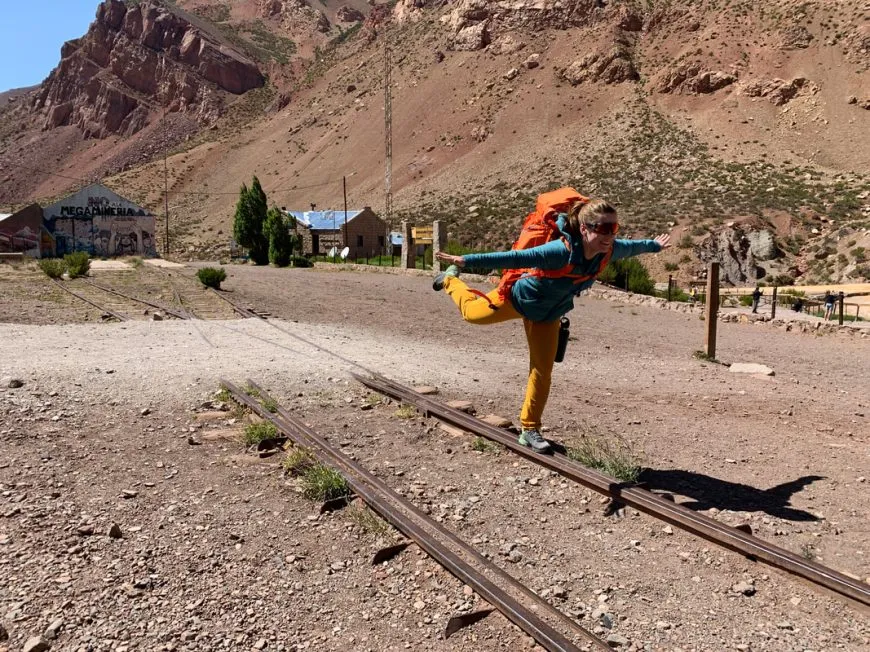
After 29 hours of travel from Oslo to Mendoza, I arrived at the Park Hyatt Hotel in Mendoza on Monday, January 6, where I had a day before meeting the rest of the hiking group. After equipment check, shopping, and a group dinner on Tuesday, January 7, we arranged the necessary permits and set out for the Andes mountains the next day. The drive to Penitentes, which is located at around 2,590 meters above sea level, took 2.5 hours.
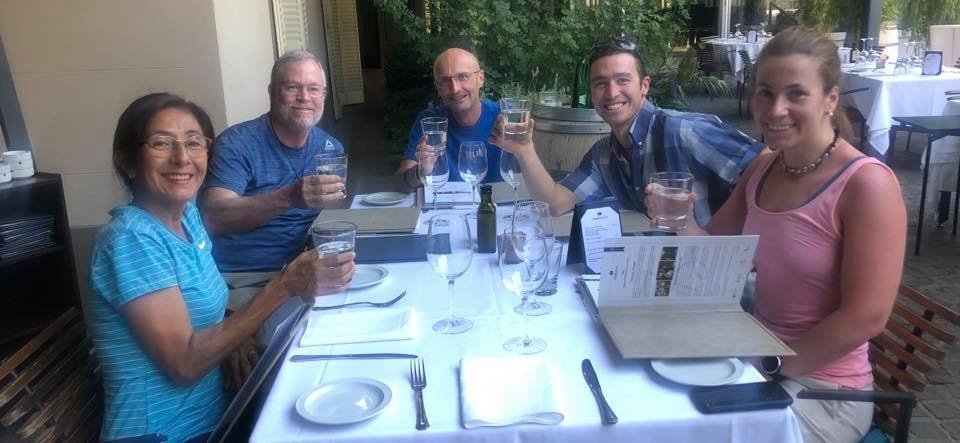

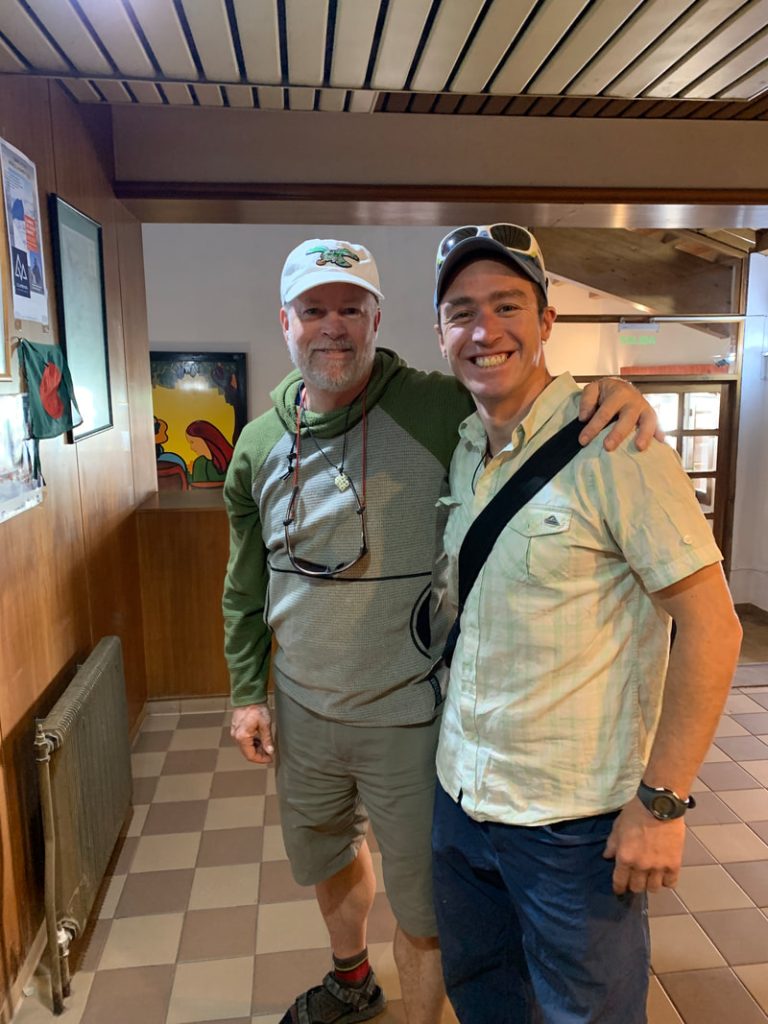
Our acclimatization days were spent in the Las Cuevas area, just outside Aconcagua National Park. We stayed there for four days before entering the park.
There is always a certain risk when hiking in the mountains, and you can never guarantee that everything will go well, or that you will reach the summit.
Unfortunately, John fell badly and broke three ribs on day three, just a few hundred meters from where we were going to set up camp at about 3800 meters above sea level. We had to turn around and go back to the cabin where we had been staying for the last few days, and John had to go to a hospital in Mendoza.
It was very sad to lose John so early. The group of four had now become three, David, Dolores, and me, along with our guide Nani.
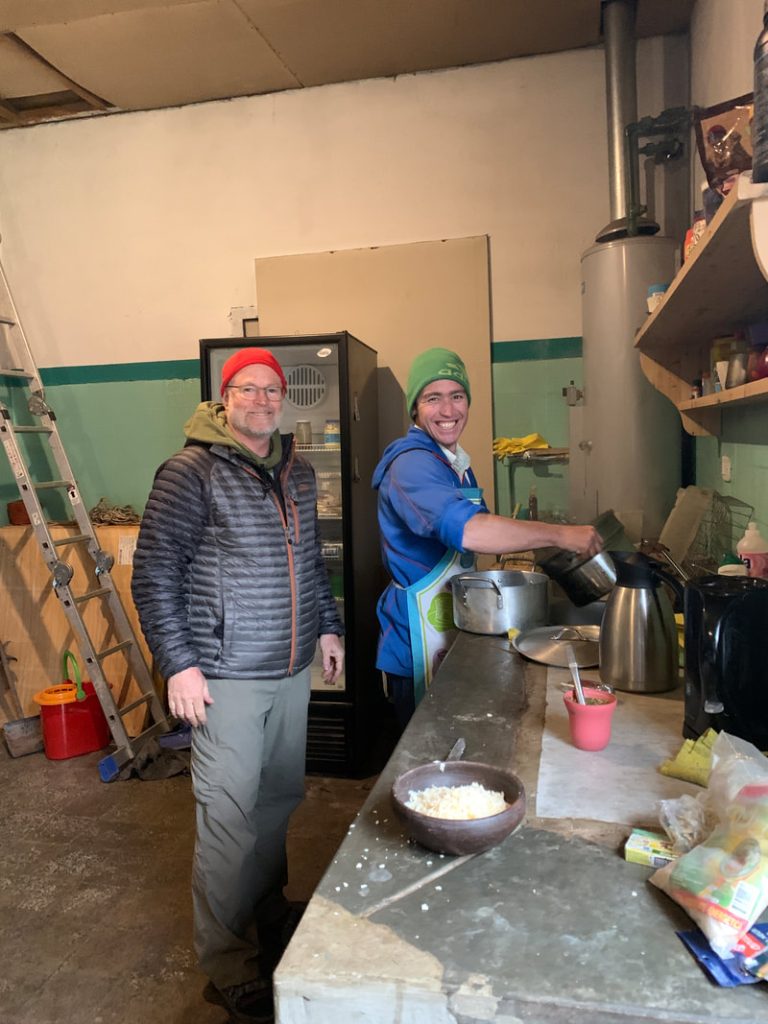

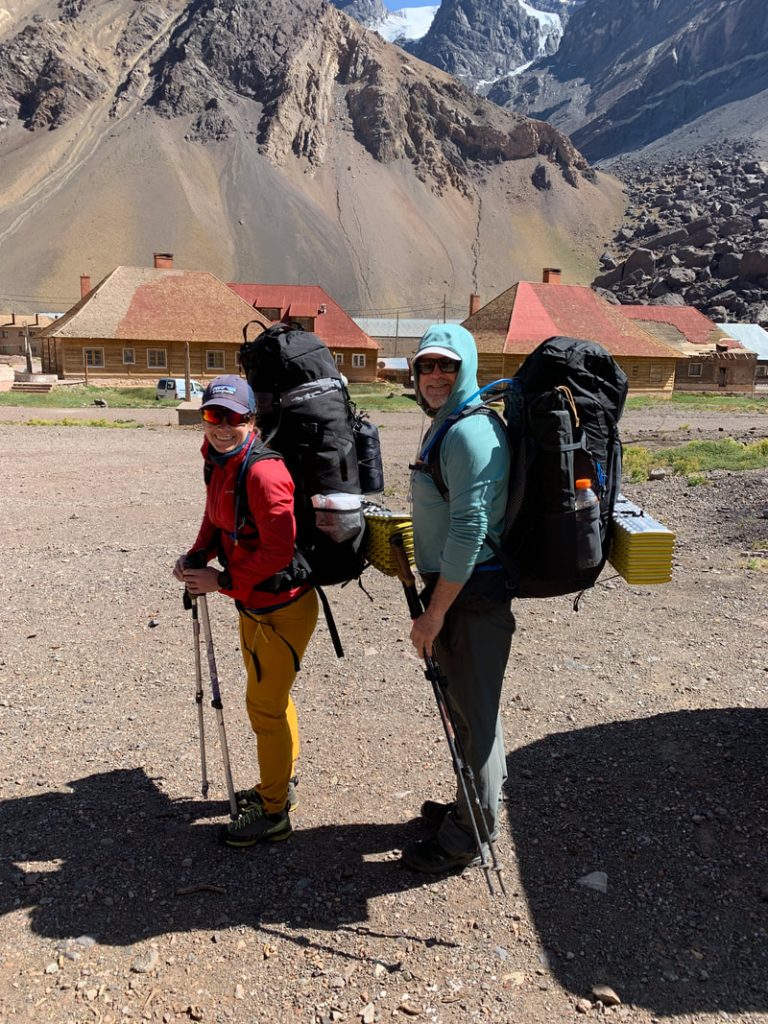
The day after, we entered Aconcagua National Park and arrived at Confluencia Camp (3414 meters above sea level), where we had to go through a medical check and spent a night on our way to Base Camp. Our condition was good and the atmosphere in the group was very positive.
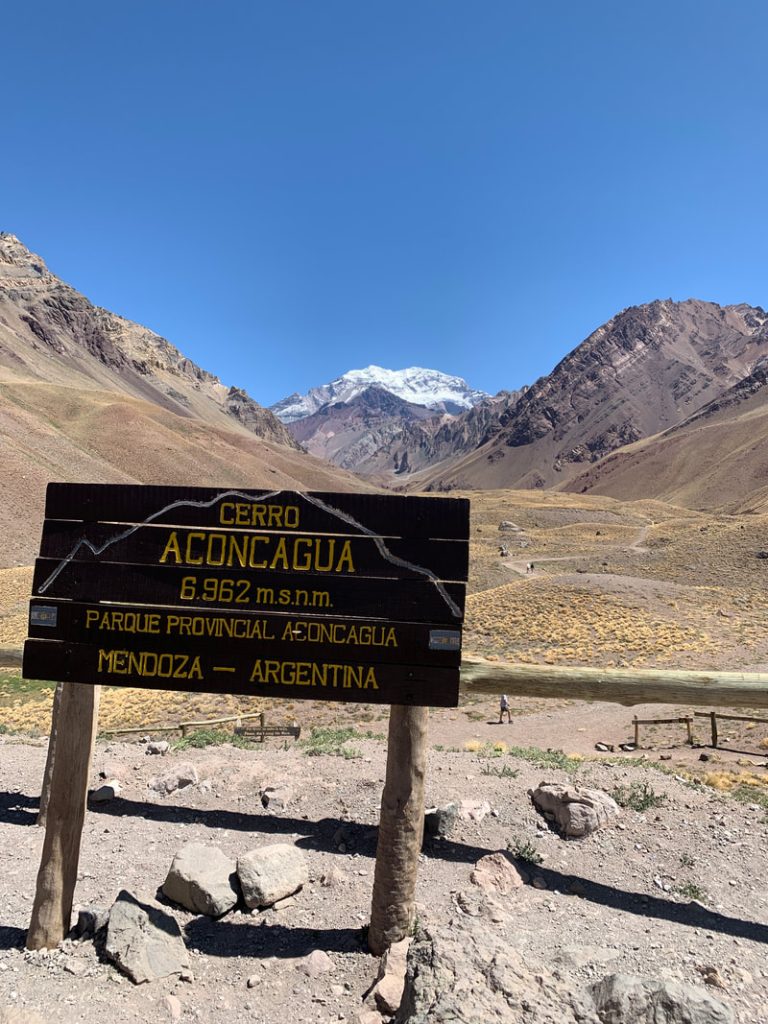
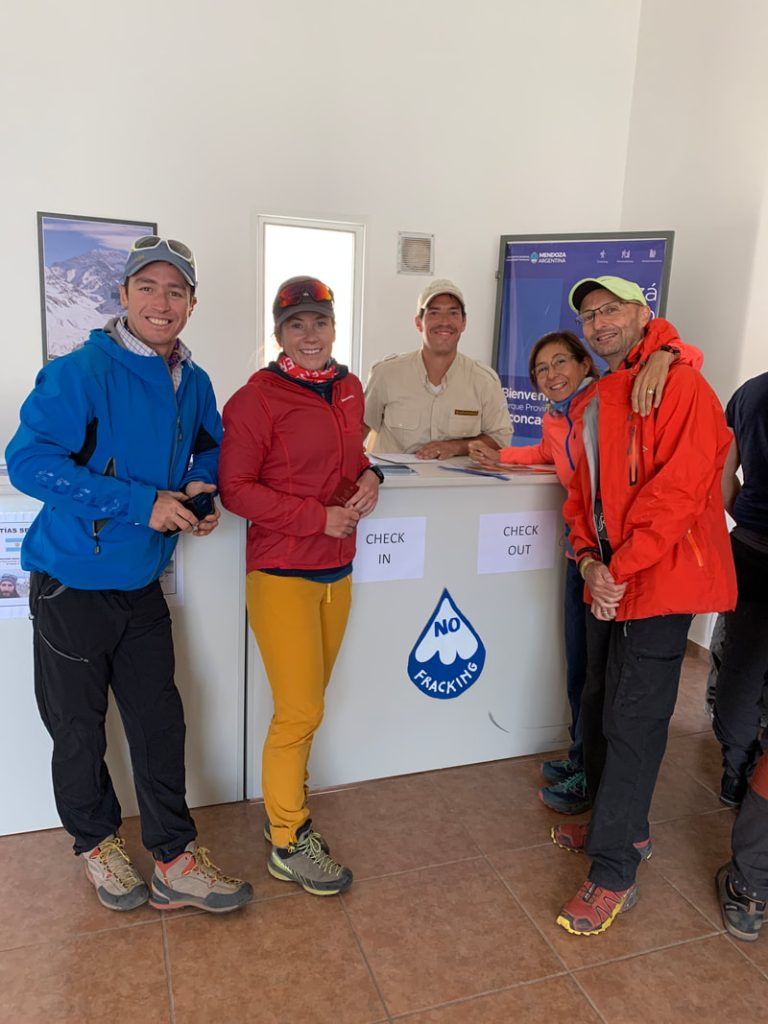
Arrival at Confluencia




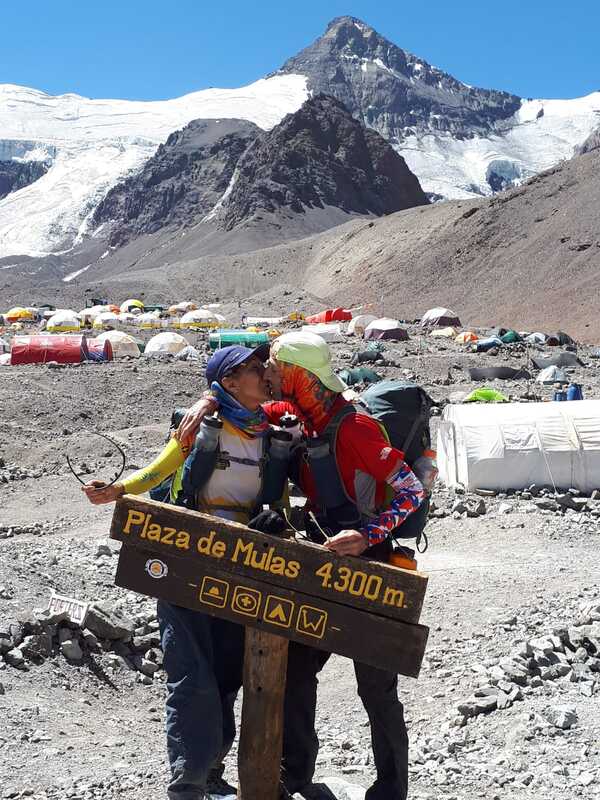
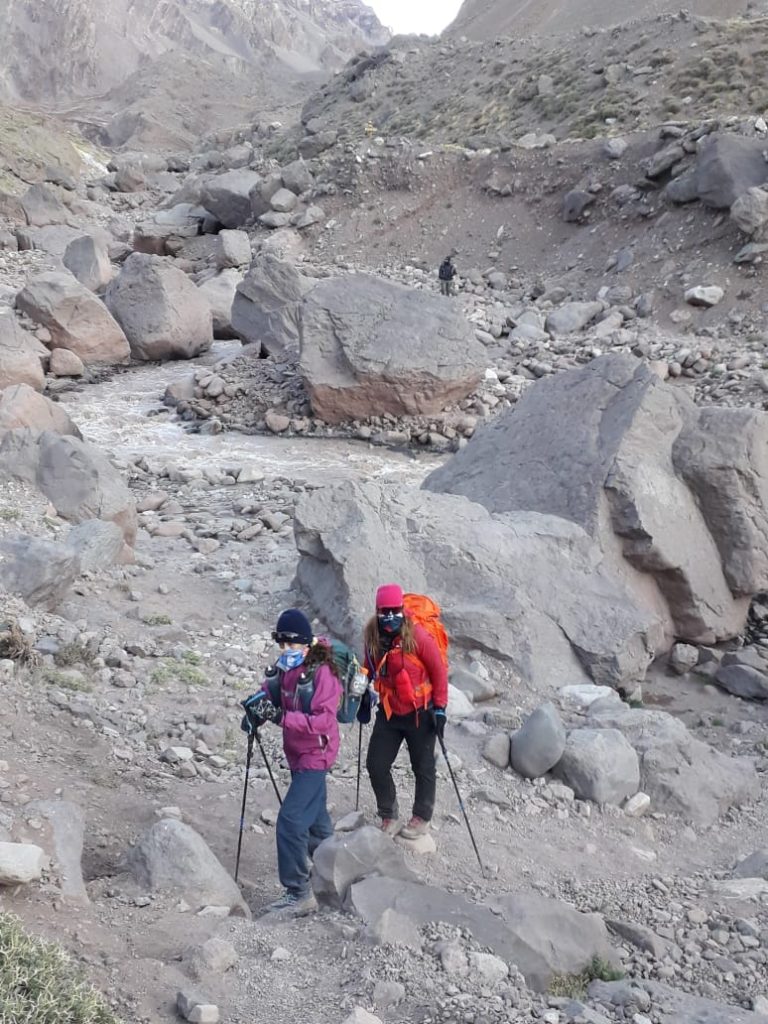

Arriving at Base Camp, I received my candy bag, which I had sent with the luggage.
After a lovely rest day at Base Camp, we began the climb towards Camp 1.
We carried equipment to the camp and returned to Base Camp to sleep there. The days of carrying equipment are just as much acclimatization days.
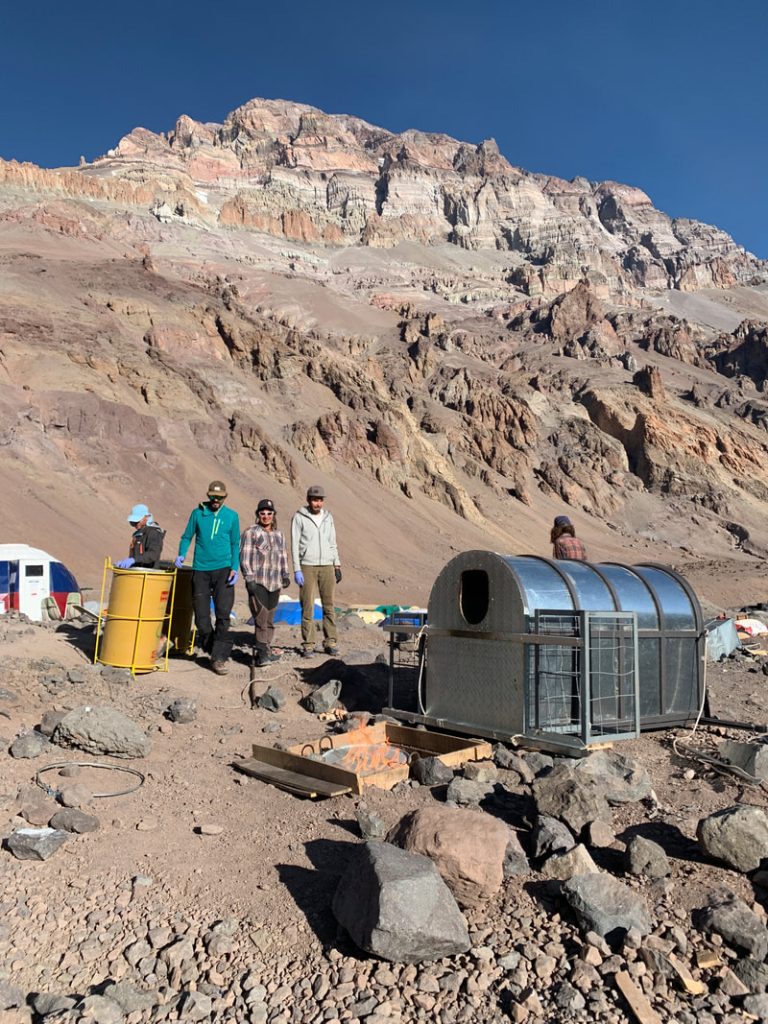
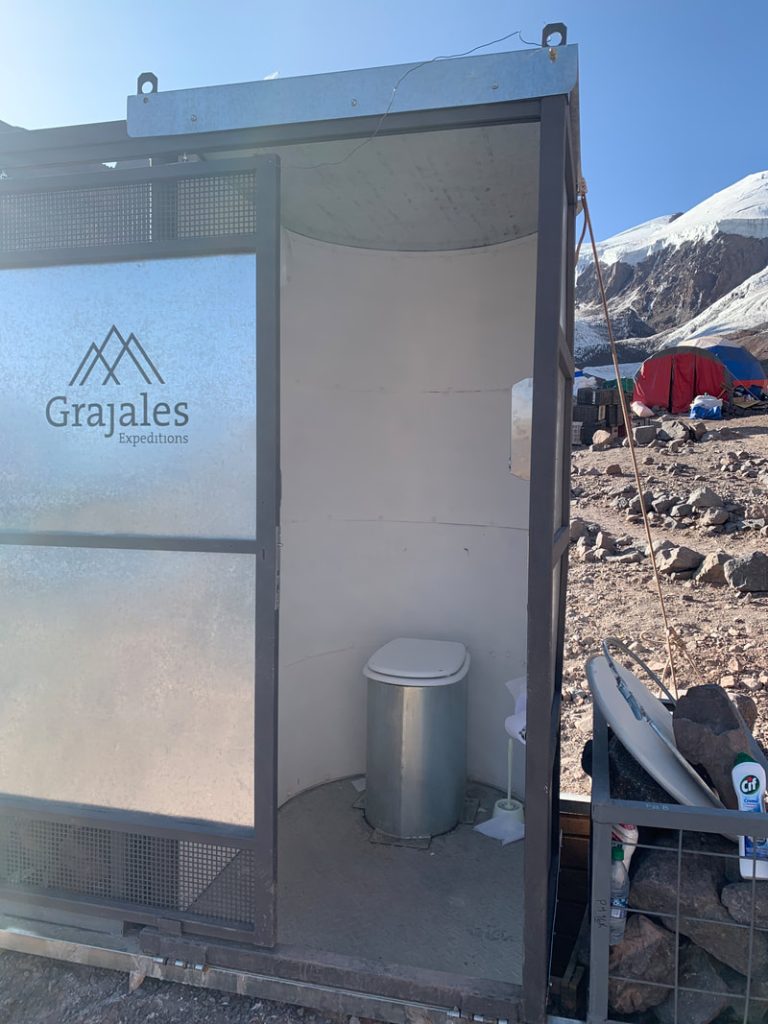
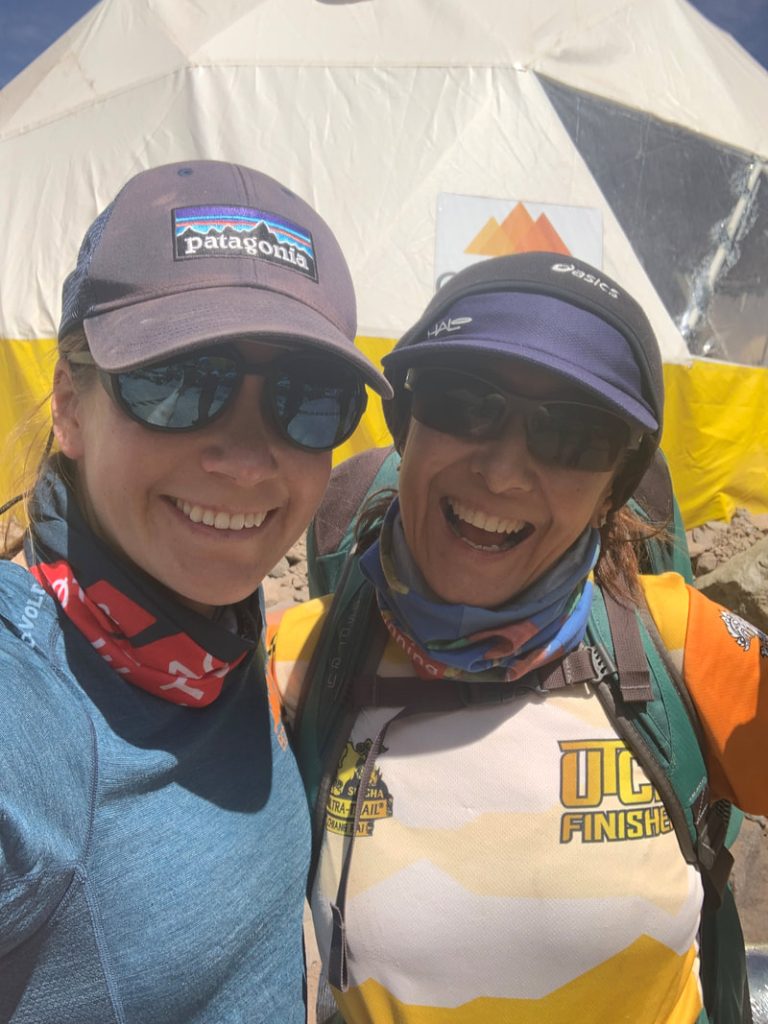
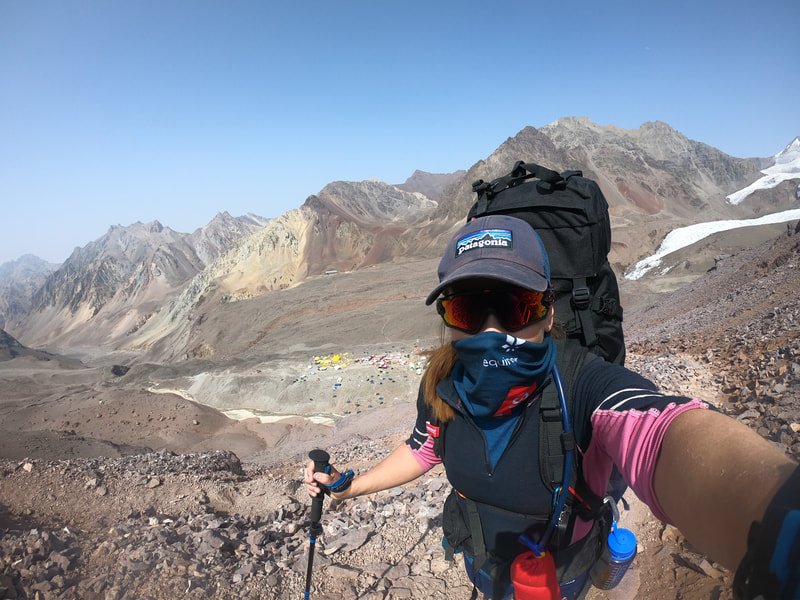
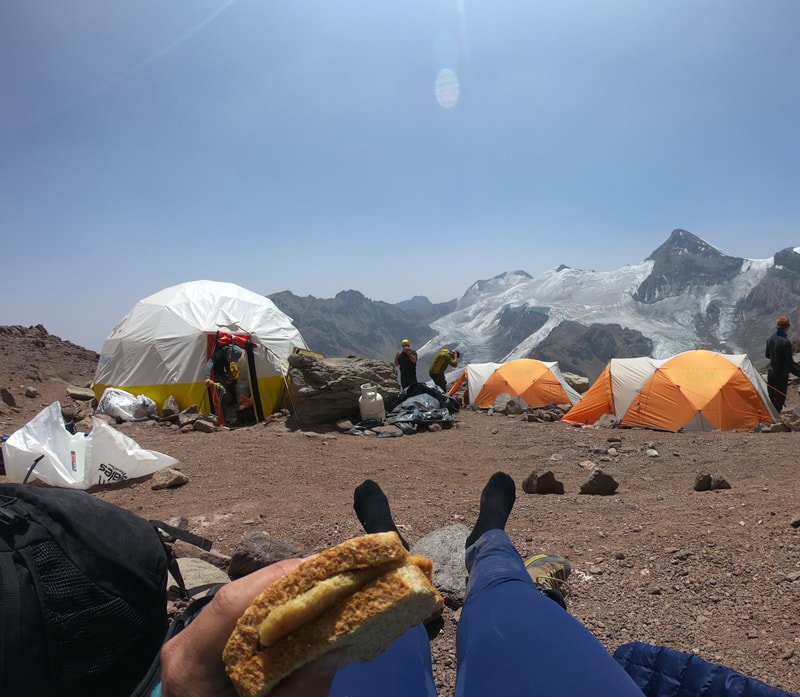
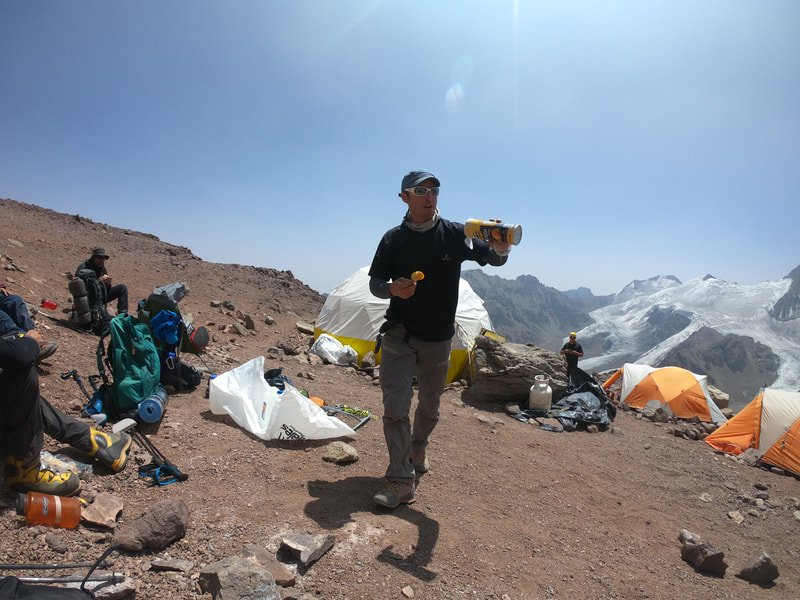

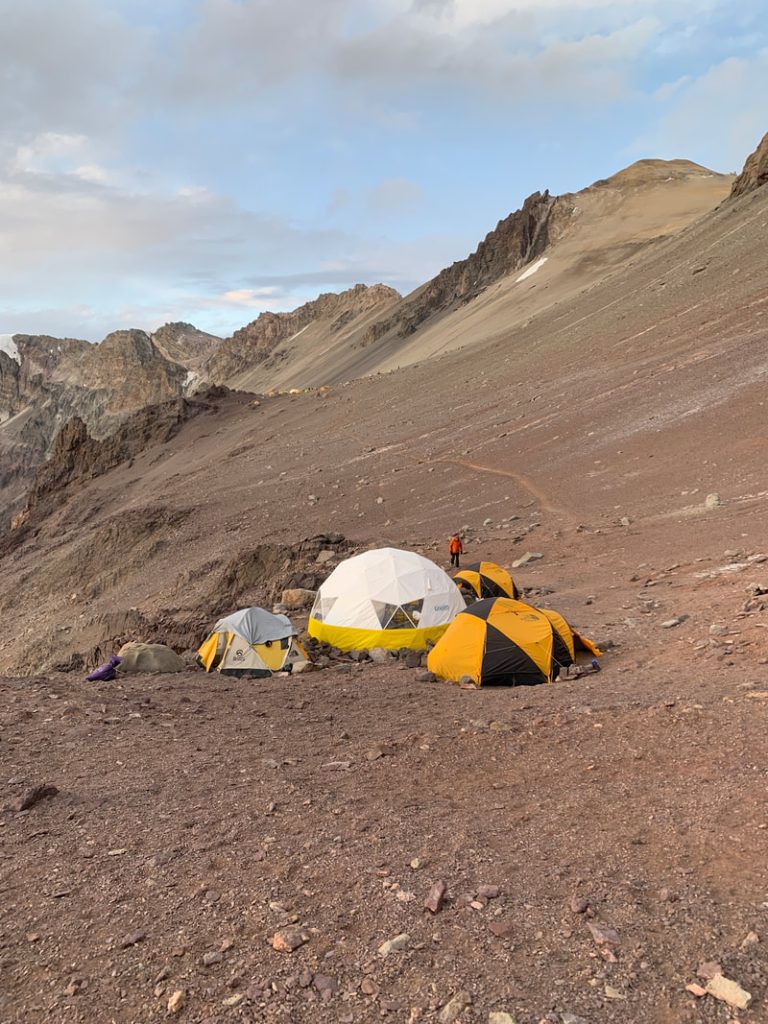
The next day we returned to Camp 2 and slept there, before having a nice rest day in the camp. The day after, we walked from Camp 2 to Camp 3 (5975) and back to Camp 2.




We were supposed to go back to Camp 3 to sleep there before the summit push, but now it was just me left in the team. David wasn’t feeling well and had stopped at Camp 2, while Doloris had gone to Camp 3 but wanted to quit with that. And I was feeling so good, so we decided to start the summit push from Camp 2, go directly to the top, and back to Camp 2.
The biggest advantage was that we didn’t have to carry a tent, sleeping bag, and sleeping mat to Camp 3. Often a summit push is about 1000 vertical meters, which it would have been if we started from Camp 3. Our summit push was about 1500 vertical meters.
It may seem a little strange to go up and down like this, but it works very well to gradually acclimate to the altitude. For me, it was important to “touch” Camp 3 since we decided to start the summit push from Camp 2. If we hadn’t done that, I think the summit push would have been quite difficult.

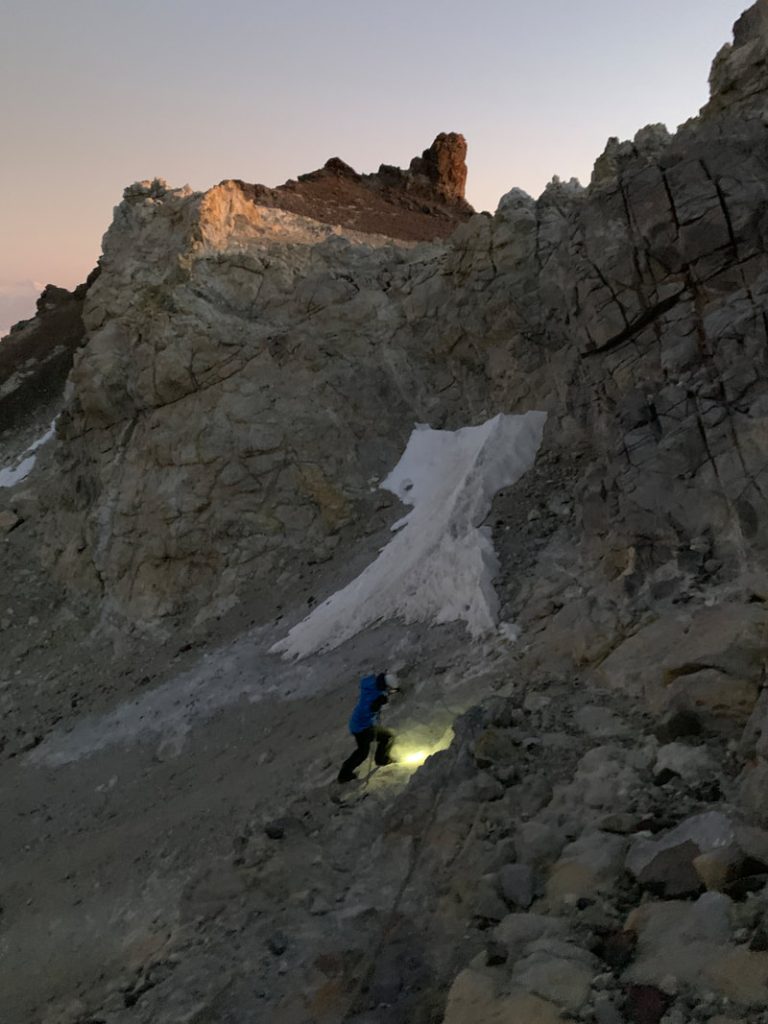
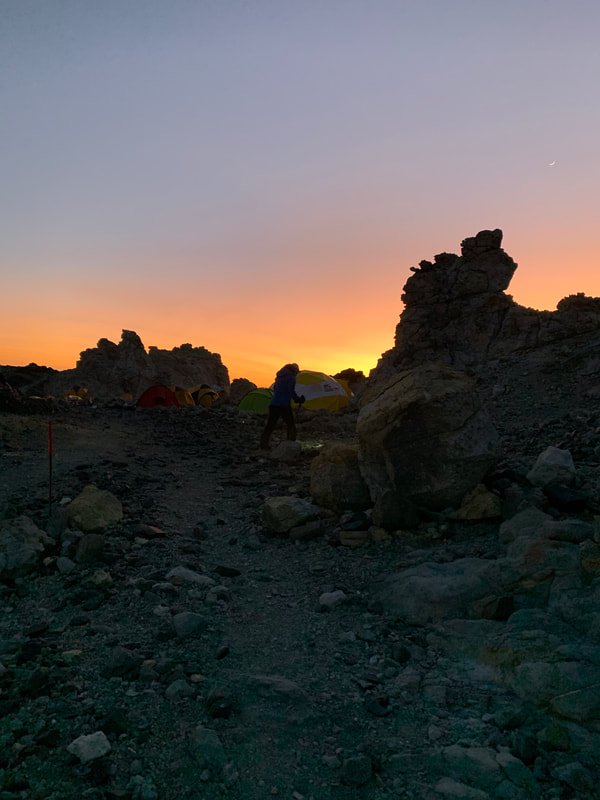
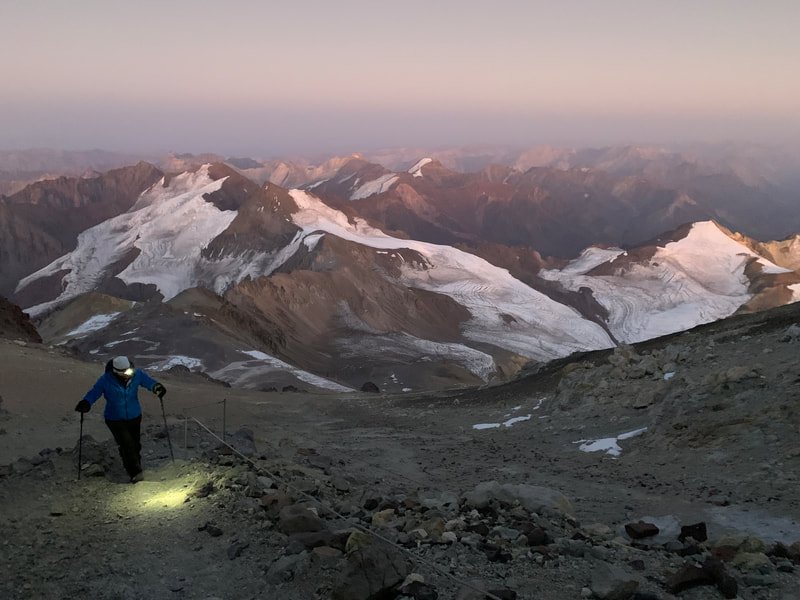

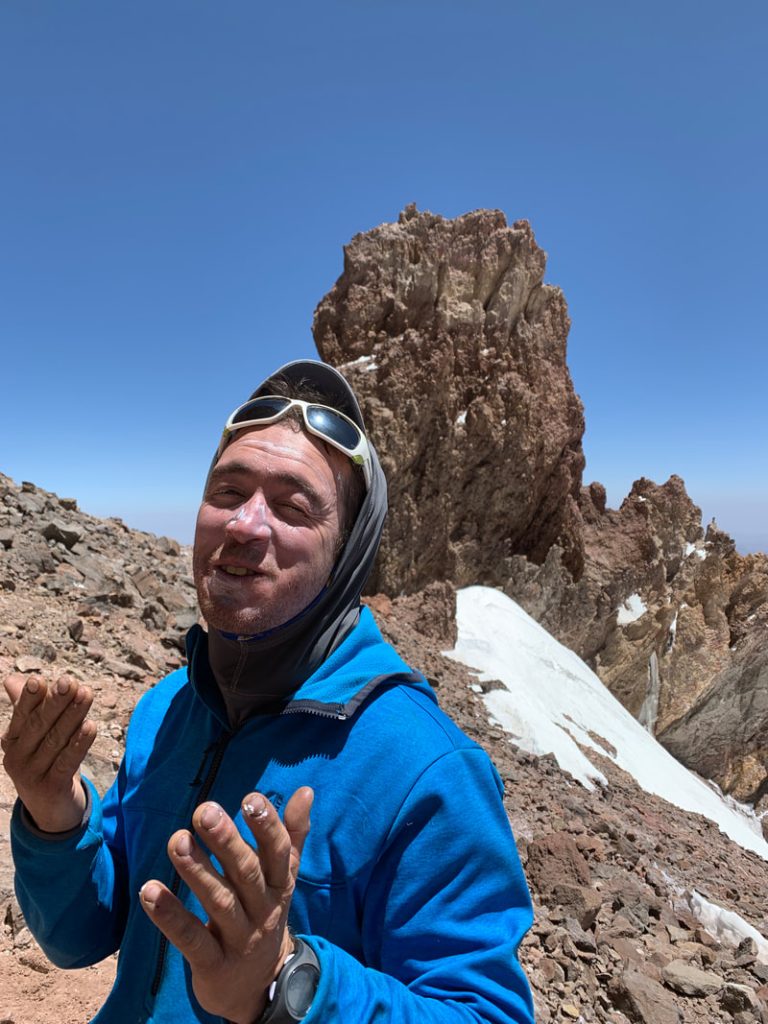
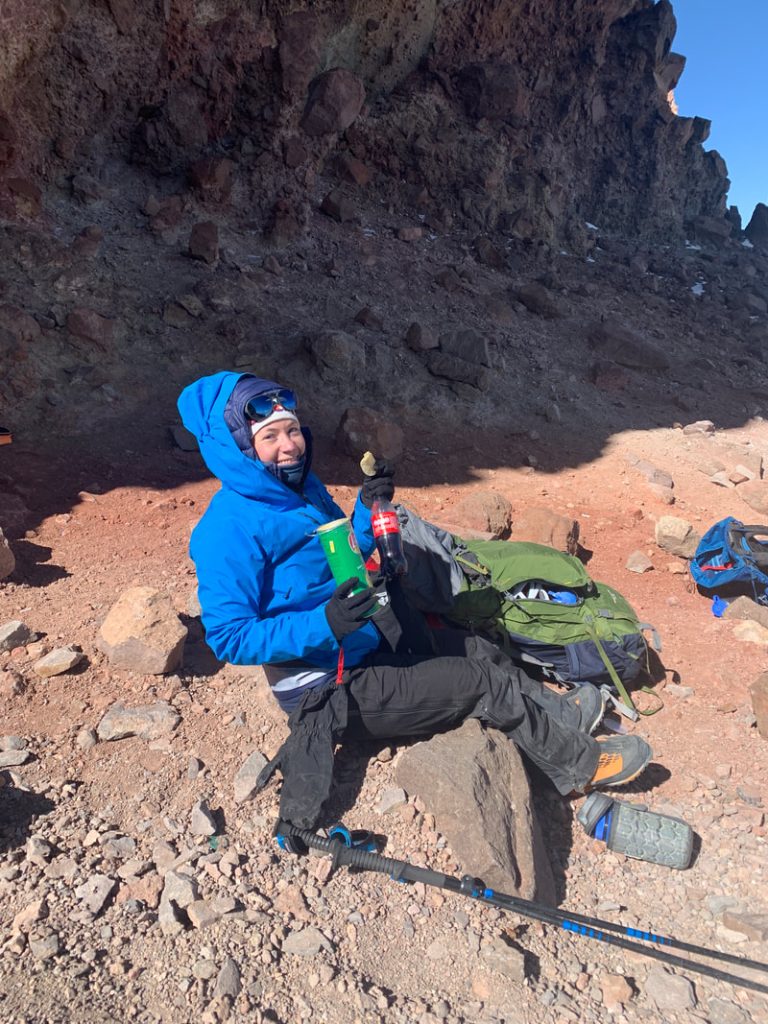
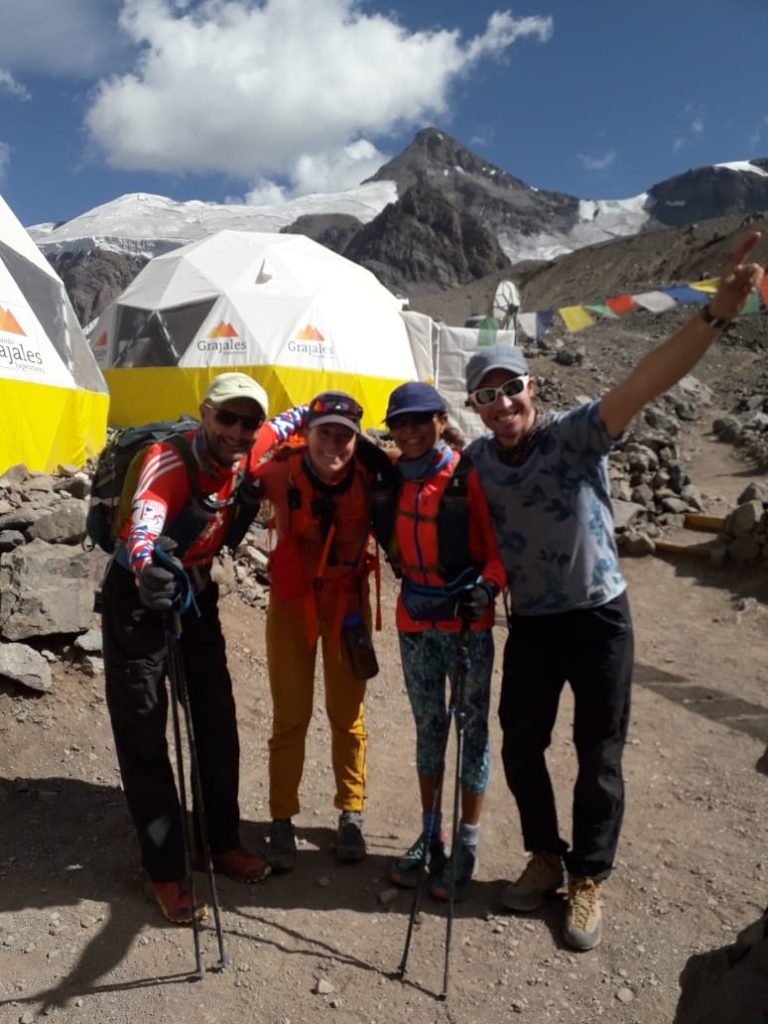

Aconcagua summarized:
• Number two of the Seven Summits.
• Not technically demanding, but Aconcagua is of course high, 6962 meters above sea level.
• Considerably easier summit than Putha Hiunchuli (7246), which I did in Nepal in October. Mostly due to the weather.
• I am still quite strong in the mountains, both physically, technically, and mentally. Sometimes I’m a little surprised myself at how “easy” it goes.
• The nature here is like a desert area, but the mountain is powerful and majestic as it stands on its own.
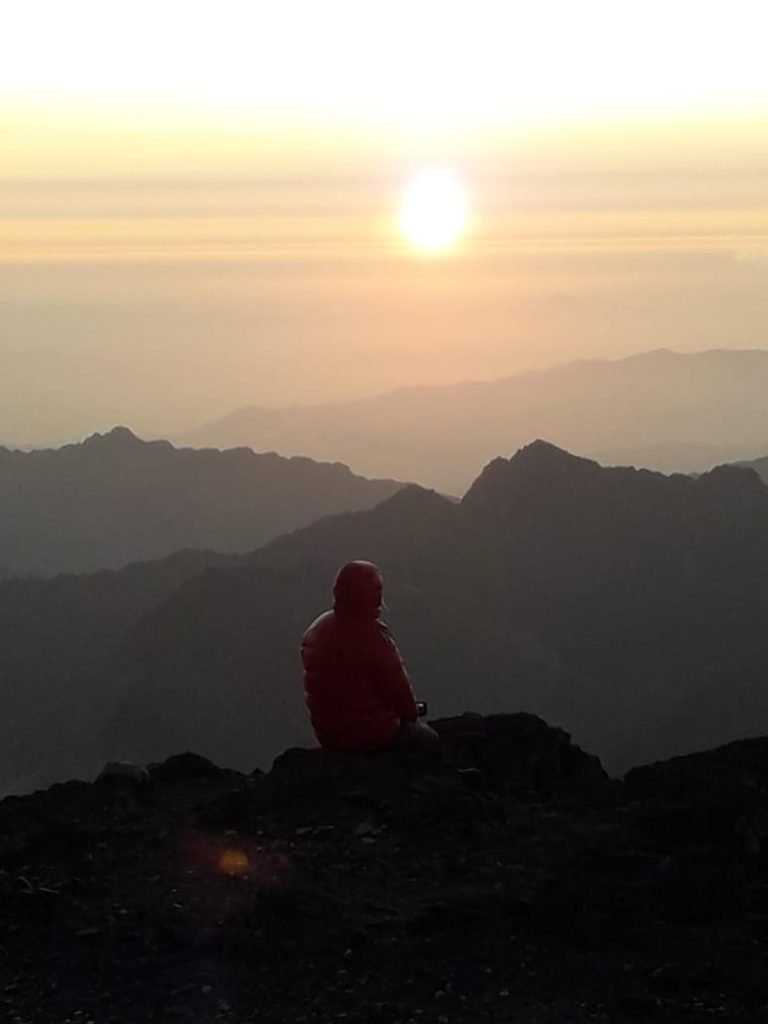
Sunset at Camp 2
For me, there are two things that drive me:
I enjoy every single day, looking at the mountains, nature, animals, and flowers.
There is never any guarantee, neither for reaching the summit nor that everything will go well. But as usual, I am very focused and disciplined. For me, it is always a little sad when it is over, and I am already longing to go back to the mountains.
Suddenly the trip is over and it becomes like a bubble that bursts. You live in such a vacuum and so close to each other.
So now it’s just to start planning the next trip and look forward to it!
Thank you for the trip <3